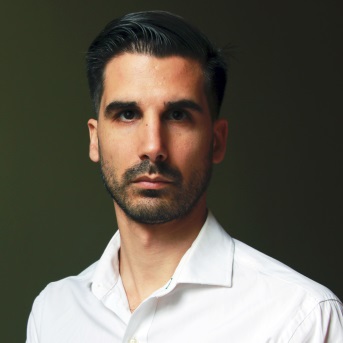 Assistant Professor Javier G. Fernandez is faculty at Singapore University of Technology and Design. In 2010, at Massachusetts Institute of Technology (MIT), he developed the “Micro-Masonry”, a method of getting lab-grown cells to form three-dimensional shapes, considered a “breakthrough in tissue engineering”.
Assistant Professor Javier G. Fernandez is faculty at Singapore University of Technology and Design. In 2010, at Massachusetts Institute of Technology (MIT), he developed the “Micro-Masonry”, a method of getting lab-grown cells to form three-dimensional shapes, considered a “breakthrough in tissue engineering”.
Before moving to Singapore he worked at Harvard University, where he developed Shrilk, a new bioplastic isolated from shrimp shells – referred to as “the future of manufacturing” and “the material that could change the world”.
Prof Fernandez is considered one of the top innovators under 35 in Asia by MIT and the world’s most outstanding young researcher in materials science by the Bayer Foundation. He has also been awarded with the Zwick Science Award for his studies on Mechanical Testing, and best 2008 PhD thesis at the University of Barcelona.
Synopsis - Bioinspired Materials And Their Use In Medical Engineering
Bioinspired materials are based on the chemistry and molecular design of the natural materials. Its biocompatibility and mechanical properties makes them best solutions for medical engineering. Shrilk, a biomimetic insect cuticle, is transparent, biodegradable, and has an ultimate strength in the same range as aluminium alloys, but at half their density. It is made of silk proteins and a polysaccharide from arthropods. Shrilk is the first example of an outstanding material based on the association of natural components with their molecular design in natural structures, and it started a ground-breaking new approach to develop sustainable and bioinspired materials. It is considered, with graphene and metamaterials, one of the material that could change the word.